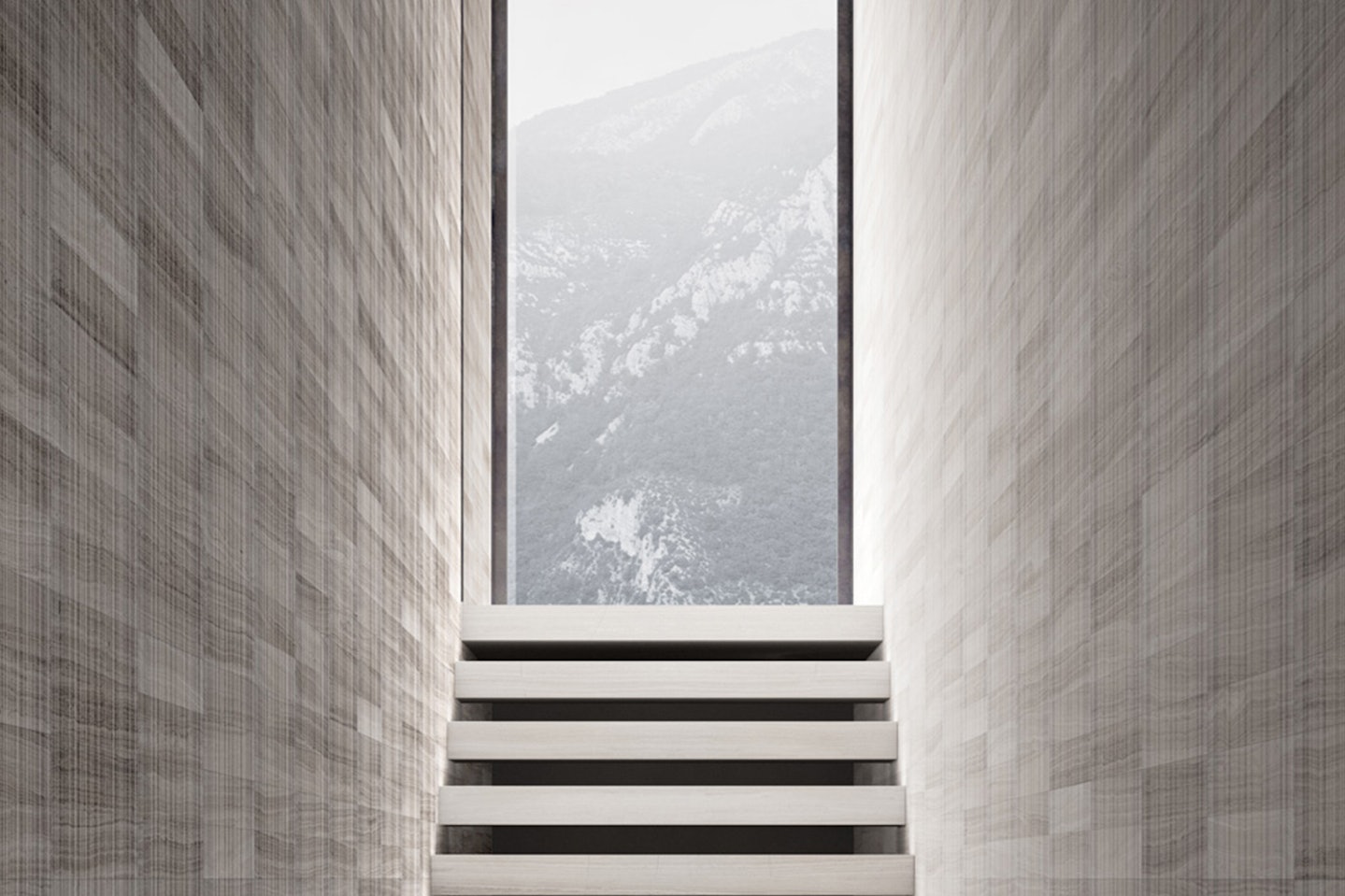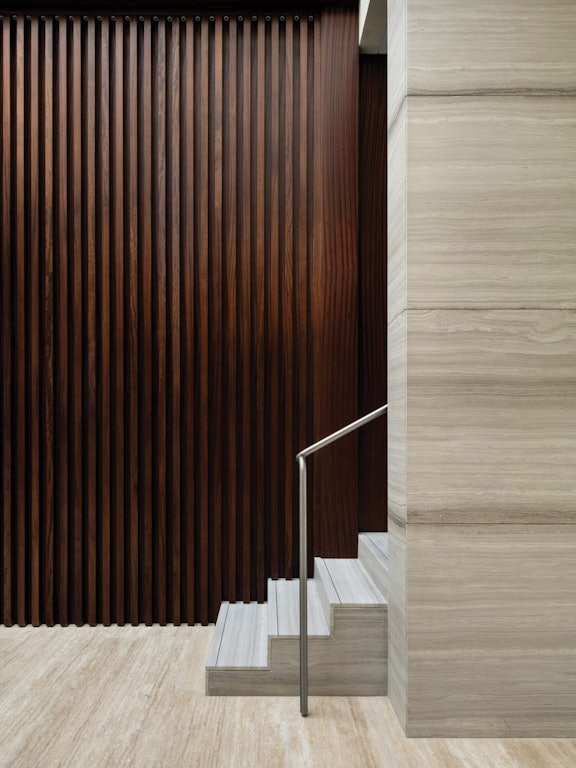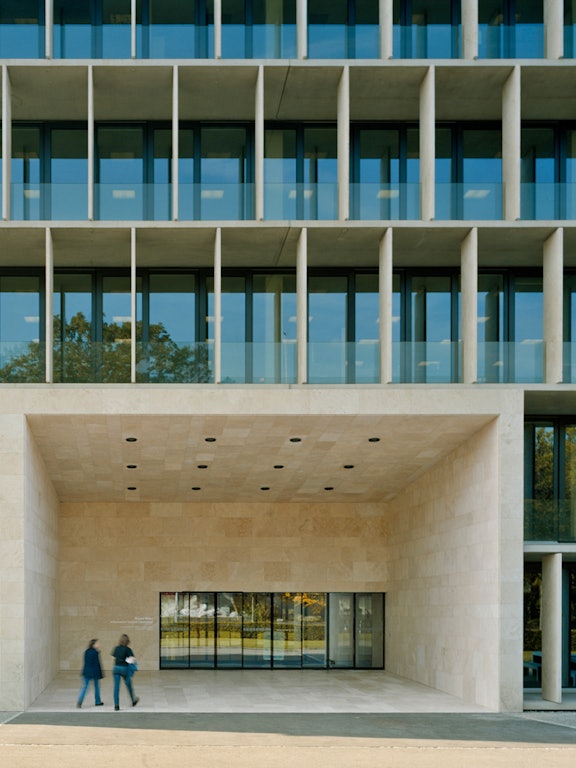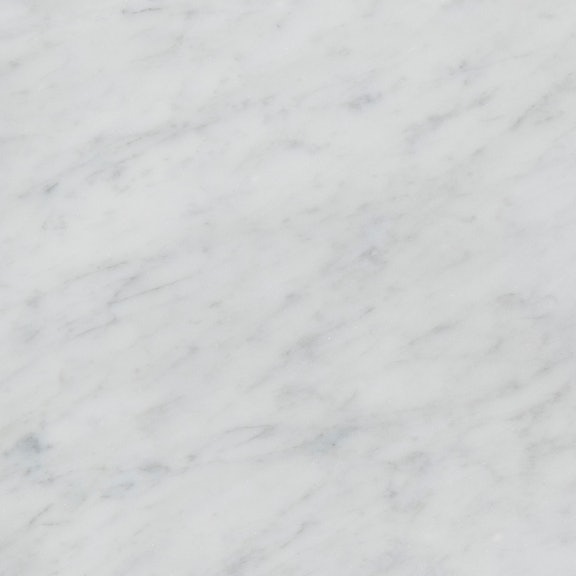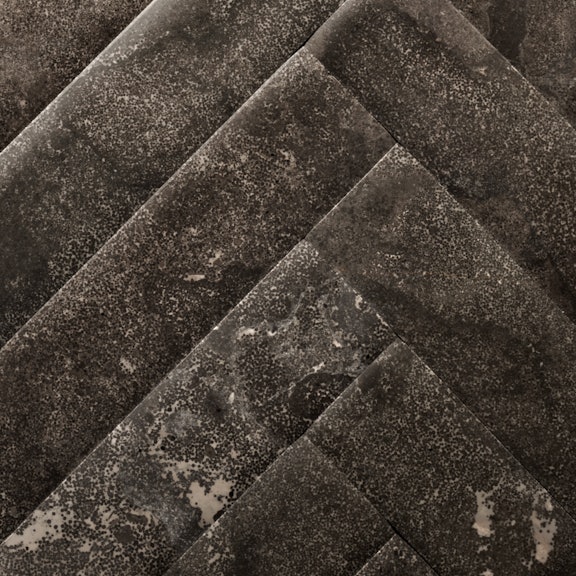How to choose the best natural stone for exterior use
03.2022
Learn how to create gorgeous exteriors by using natural stones
All you need to know about choosing the perfect natural stone for outdoors
We all know that first impressions count, so with that in mind, the exteriors of our homes take on a huge significance, from the cladding to the fence or wall, from our garden to the driveway paving.
One of the most important decisions you’ll make is the material you use as it has to be able to stand up to whatever the elements throw at it, from blazing sun to icy cold winter weather as well as the usual wear and tear. You need a tough material, but one that also looks great, which is why natural stone is ideal for outdoor areas.
What is it that makes it such a perfect choice for exterior use? Are all stones equal?
We’ll answer these questions and many others in this article and we’ll end with 3 examples of beautiful outdoor spaces in natural stone.
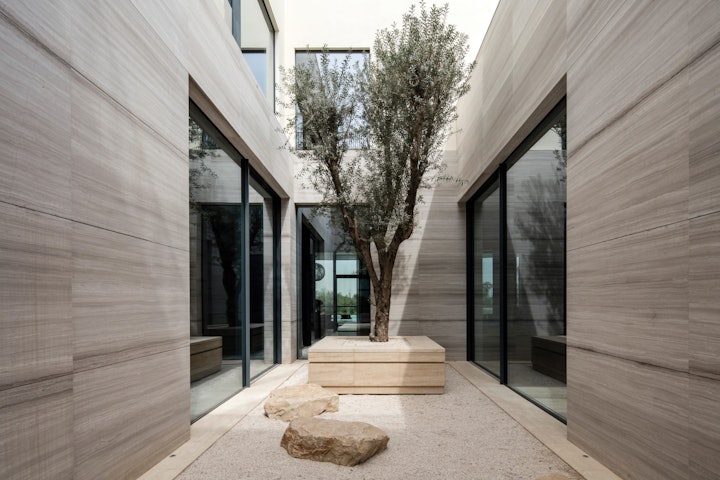
Why is natural stone perfect for outdoors?
When it comes to choosing exterior cladding or paving, you will almost certainly be making a reasonable level of investment, and whichever solution you opt for, you should expect it to last for many years.
Stone certainly delivers on that, but it’s not the only advantage. In fact, there are at least 3 great reasons to choose natural stone for outdoor environments:
- Aesthetics
- Performance
- Sustainability
First and foremost, you want something that looks great and whichever type of stone you choose you will not be disappointed. The dazzling array of choice, from colour to veining, ensures that not only is there something for all tastes, but that the result will be truly unique.
There’s also something special about a material that is 100% created by nature being used in an outdoor environment.
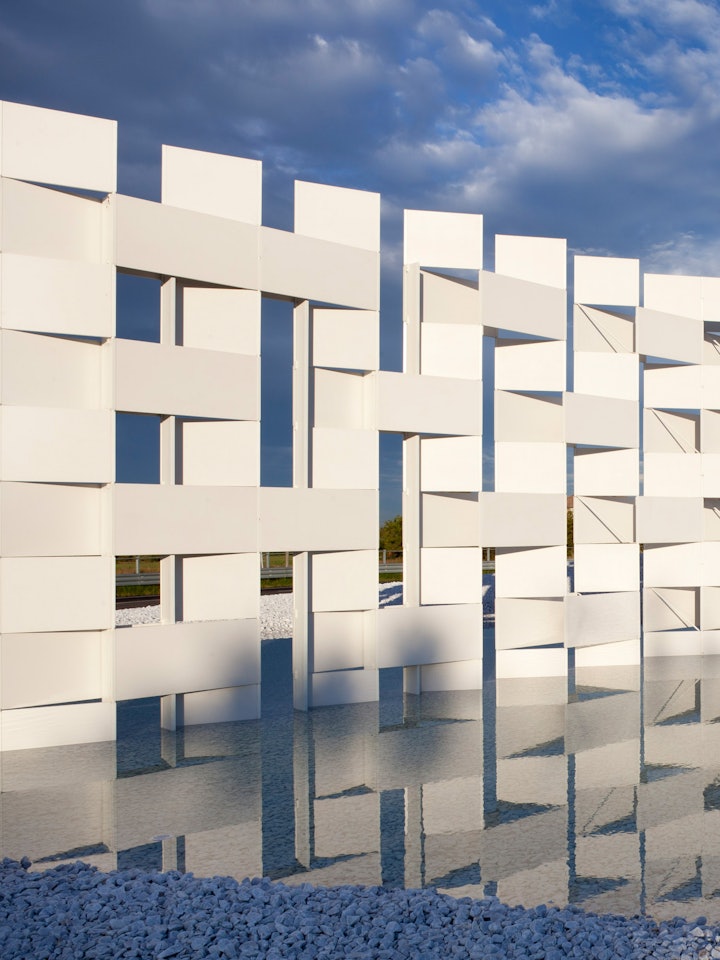
Looks are all very well, but performance is equally important, and the good news is that stone is extremely tough and durable. It can withstand an extraordinary amount of pressure and impact, meaning it requires less maintenance than wood or terracotta so is ideal as paving.
If we’re talking about walls, stone outperforms finishes such as plaster, stucco and paint as it is highly resistant to bad weather. It also serves as an additional layer of insulation against the cold, delivering potential energy savings.
And speaking of eco-friendly credentials, last but most definitely not least, natural stone is extremely long lasting, meaning there is no need to replace it every few years. We just need to look at examples such as the Coliseum to realise how it stands up to the elements over centuries and still looks glorious.
Stone is the antithesis of the “throwaway” culture so prevalent today, so choosing this material represents a contribution to sustainability.
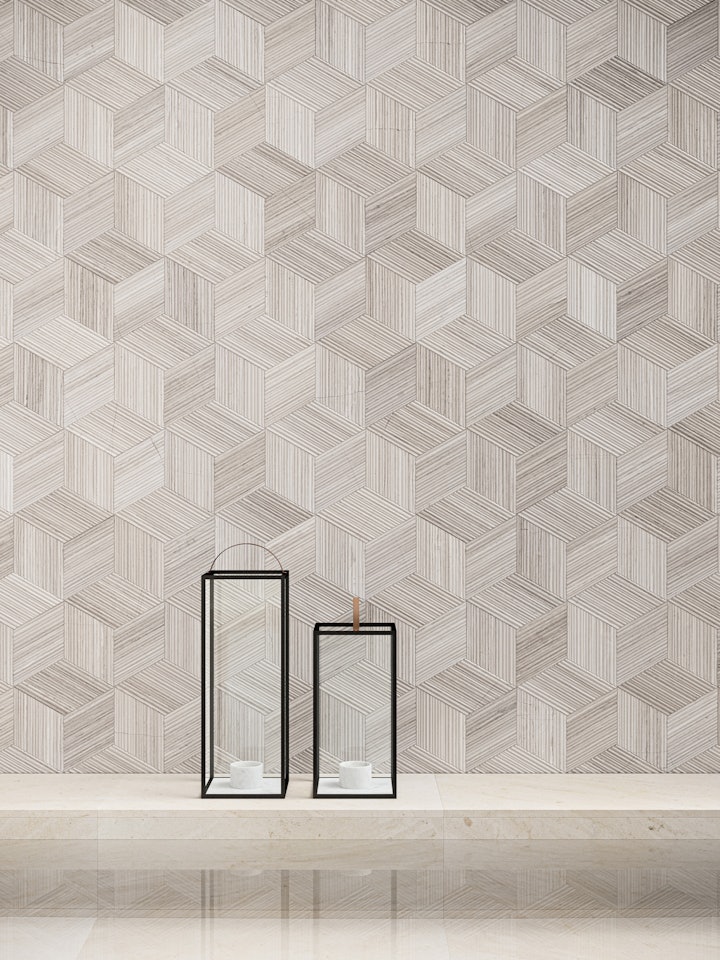
3 versatile and suitable stones for external use
As we have already mentioned, stone is an ideal choice for use outdoors, not only for its practical aspects but for the vast range of variants available.
The term “natural stone” encompasses a multitude of different types, including granite, sandstone, marble, limestone, quartz porphyry (commonly used for cobblestones) and slate, just to name a few.
Each has its own geological, functional and aesthetic characteristics, making certain stones more suitable than others for use outside, where you need to consider factors such as climate, sun exposure and, of course, the look you want to achieve.
When it comes to narrowing down your choice, we would recommend these 3 types of stone for exterior use:
- Marble
- Travertine
- Limestone
Each of these delivers on the two key criteria: they are gorgeous to look at and they are more than hardwearing enough to stand up to the rigours of the elements.
Let’s take a look at them in a little more detail.
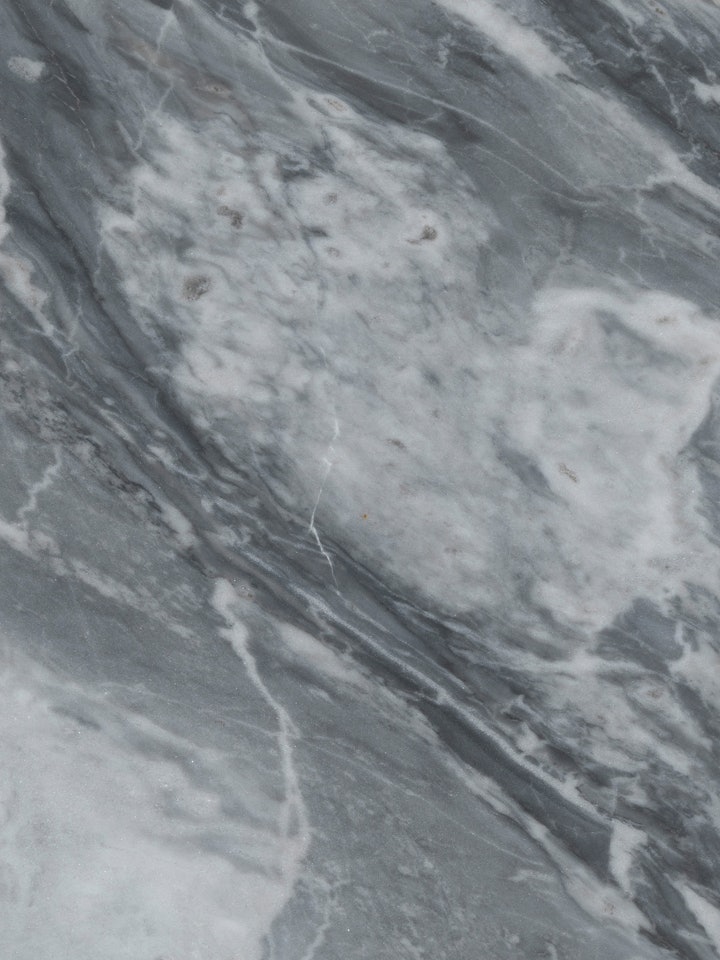
Marble
Scientifically speaking, marble is a metamorphic rock that originates from limestone and what makes it so popular and widely used throughout time is not only its incredible variety but also its low refractive index. What does this mean?
Simply put, light penetrates further, creating that extraordinary translucent effect that marble is famed for. In fact, the original Greek word “marmaros” literally means “shining stone”.
Although all marbles are able to withstand high pressure and impact, you still need to choose one that is most suited to your climate, and from the Salvatori range, we would suggest Grigio Versilia, with its striking grey and white swathes of colour or, if you prefer a more classic look, the more subdued, but always elegant Bianco Carrara.
Both these stones can tolerate extreme shifts in temperature, making them ideal for exterior use, as they will weather the passing of time with consummate ease and grace.
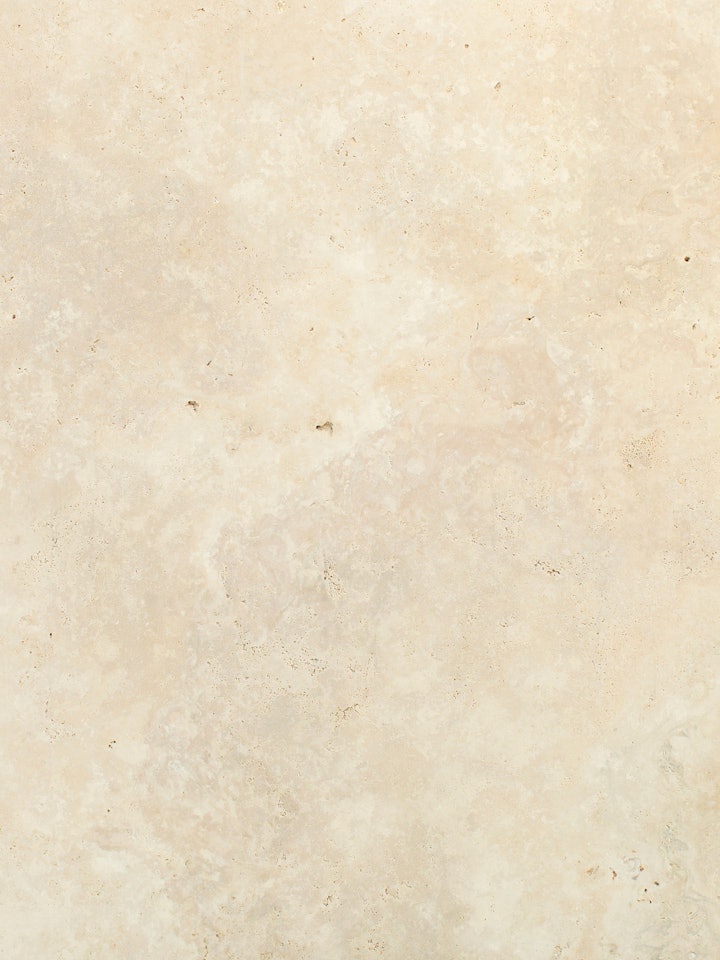
Travertine
Often compared with marble, at a technical level, travertine is the result of a sedimentary rather than metamorphic process.
Like marble, however, it is extremely resistant to the elements and temperature swings, which is why it has been used throughout the centuries for such illustrious monuments and buildings as the Coliseum and the column in the Vatican’s St Peter’s Square.
Another advantage of travertine in an outdoor context is that it is highly mould-resistant, but there is just one aspect to take into consideration and that is its tendency towards discolouration in strong sunlight. For that reason, we would suggest opting for one of the lighter coloured variants such as Light Travertine or Imperiale with its lovely caramel tones.
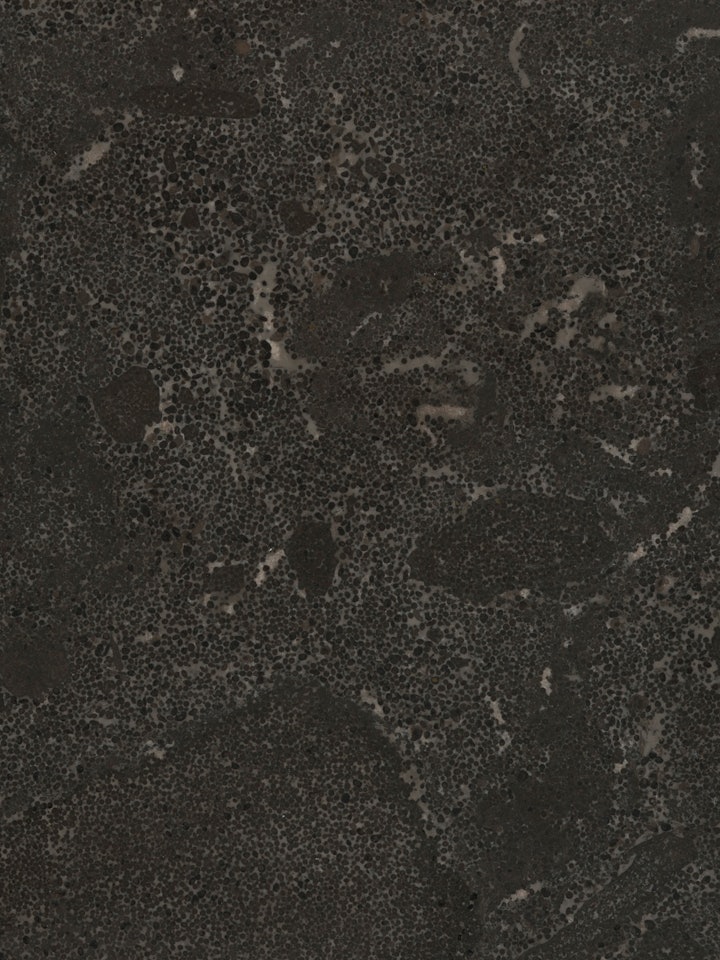
Limestone
Last, but definitely not least, is limestone, which, differently from marble and travertine, doesn’t become shiny through the honing process.
This is another extremely tough family of stones, able to withstand wear and tear, dampness, humidity and impact, while offering a truly incredible range of tones to choose from.
What you do need to think about, however, when choosing a limestone for outdoors, is that some are harder working than others, which is why we carry just three in our core range of stones. We have used these for years, carried out a wealth of research and testing, so are confident in their ability to perform well in an exterior environment.
We also selected this trio so that we could offer elegant colours of varying intensities on the colour palette, from pale, warm Crema d’Orcia to griege Silk Georgette® with its unusual wave-like pattern and finally to dark brown Pietra d’Avola.
Now, with the explanations completed, let’s take a look at 3 Salvatori examples of natural stone used for striking and elegant exterior projects.
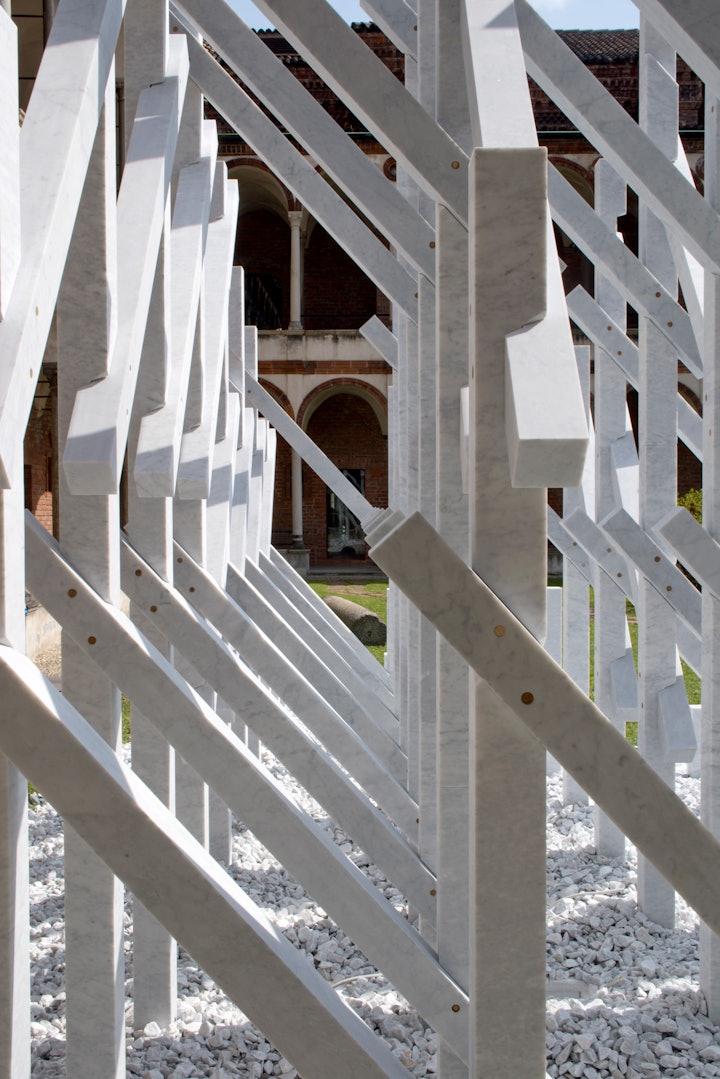
Kengo Kuma’s Stone Forest: Bianco Carrara in all its glory
Perhaps more than any other stone, Bianco Carrara epitomises the concept of enduring beauty and functionality, which is why it has been used throughout history for glorious sculptures and monuments which have survived the elements and remain just as awe inspiring today.
It still remains a popular choice today for artists who want to bring their contemporary sculptures to life.
Such was the case when Kengo Kuma chose it for his Stone Forest installation, a testament not only to the strength of marble, but also its versatility. This material that has traditionally been considered imposing and monumental takes on a sense of ethereal lightness in this outdoor setting.
The collaboration between Kengo Kuma and Savlatori is rooted in a shared love of natural stone and can be seen also in the Ishiburo bathroom collection, comprising an innovative and stylish bathtub, basin and texture, perfect for both interior and exterior environments.
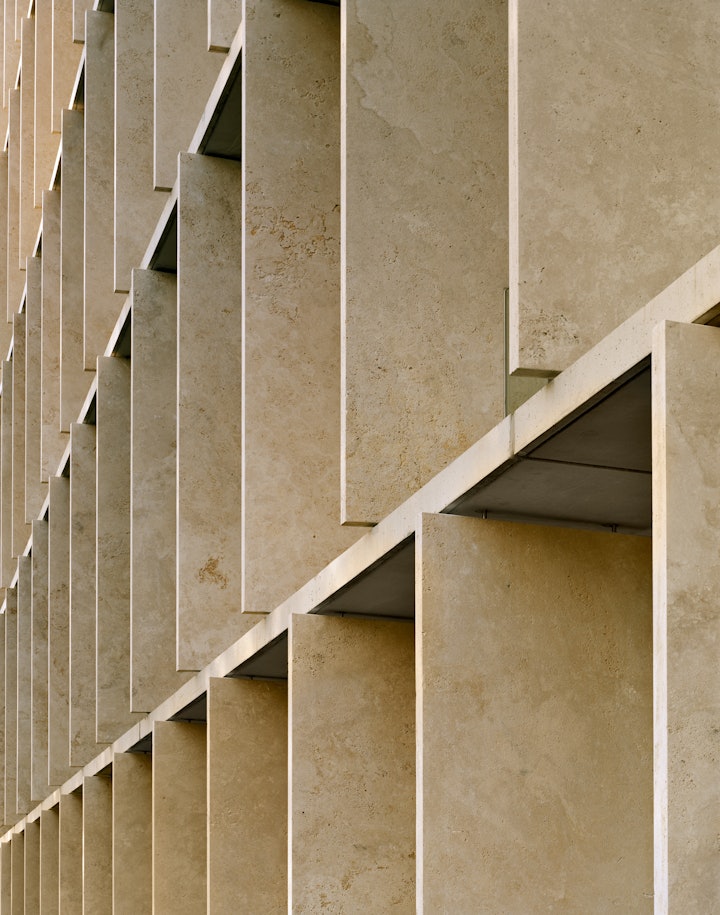
Nature and technology: Light Travertine and ETH university
As we explained above, travertine is particular suitable as an exterior cladding, and perhaps no better contemporary example exists than Zurich’s ETH university. The Austrian architectural firm Baumschlager Eberle chose honed Light Travertine for one of the main faculty buildings of the science and technology department.
As renowned architect Dietmar Eberle explained: “We needed a stable stone and I liked the colour it offered – most of the light in the building is reflected off the exterior, and the travertine softens the light, creating a very elegant atmosphere inside.”
Another advantage was the insulation it afforded, making it a solution that was not only pleasing to the eye, but also technologically smart.
In short, the perfect combination of nature and technology.
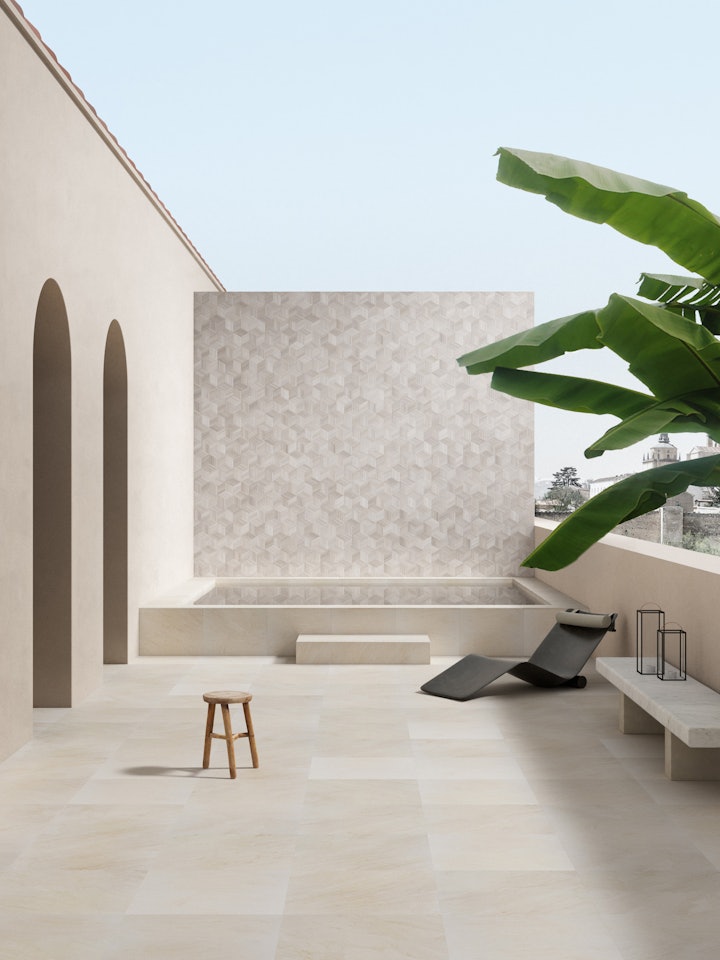
Natural stone in your own garden or courtyard
We’ve looked at two cases of natural stone used outdoors on a grand scale, but it is also perfect for smaller, more intimate spaces such as our own homes where we are usually looking for something lovely to look at, but also low-maintenance and practical.
This terrace is a perfect example of how you can mix up different stones to create a gorgeous, harmonious outdoor living zone, with honed Crema d’Orcia limestone on the floor paired with a feature wall in Silk Georgette® Romboo.
Testament to stone’s versatility and suitability to outdoor usage, you can even add pieces of furniture such as the Curl chaise longue and Span bench for a setting that is inviting, stylish and absolutely unique.
